Media | Articles
5 V-8s that reveal Cadillac at its best (and worst)
From the 1949 overhead valve V-8 engine influenced by Charles Kettering to the modern LT4-powered Blackwing cars that were essentially four-door Corvettes, Cadillac has always looked to outperform the competition when it comes to what’s under the hood.
In many ways, the arc of the Cadillac V-8 is a fitting embodiment of Theodore F. MacManus’ now-famous 1915 Cadillac ad, simply called “The Penalty of Leadership.” Not every engine innovation was a smashing success, but you’d be hard-pressed to knock the marque for resting on its laurels for more than a few years at a time.
Throughout numerous periods in the 20th century, folks bought a Cadillac because they had come to associate the brand with the idea of “class-leading” engines—whether that was actually the case or not. Let’s take a quick look at the best (and worst) of Cadillac V-8s, as illustrated by five examples found on the Hagerty Marketplace.
1951 Cadillac Series 62 Sedan
The 1949 Cadillac ushered a new era of overhead valve (OHV) V-8 engines with the 331-series engines. (Yes, Oldsmobile released its 303-cubic-inch Kettering/Rocket V-8 in the same year, so it isn’t terribly unique.)
Marketplace
Buy and sell classics with confidence
What made the 331 truly special was that it reached production at a time when flathead- and overhead-cam engines were the standard of the world (sorry) and took them all to school. The 331-cubic-inch Cadillac OHV motor was much lighter than the L-head, side-valve V-8 it replaced, with a superior powerband to boot.
A fine example of the 331 sits under the hood of this 1951 Series 62, which has remained mostly original thanks to being owned by a single family for its entire life. That one family stored this Caddy in a Detroit suburb for 45 years, but the listing states that it runs and drives thanks to an ignition tune up and a revitalized fuel and cooling system.
There’s a new battery and refreshed brakes, but the interior looks like it hasn’t been touched for decades, looking just as good as it did back in the 1950s!
1976 Cadillac Eldorado convertible
While the original 331-series did undergo a significant revision in 1963 with the debut of the 390-series, the new, larger engine wasn’t a clean-sheet redesign. That would arrive for the 1968 model year, which heralded the debut of the 472-series engine.
By the late-’60s, the power and displacement wars had reached a fever pitch in the luxury segment. Chrysler had a 440-cu-in big-block, and Lincoln went all-out with a unique 460-cu-in mill. Although the 472 topped both competitors from the outset, Cadillac went full mic-drop in 1970 when it punched the 472 out to a full 500 cubic inches of displacement.
Is the 500-cubic-inch mill the definition of “peak Cadillac,” and is the last factory-made Cadillac convertible the best place to enjoy said engine?
I’d like to think so, and this white-on-black example is a nice change from the white/red scheme found on the famous Bicentennial Edition. Not to mention this one has the original 500-cu-in engine, which was rebuilt 12 years ago and retains its fuel injection system.
According to the listing, the brakes have been refreshed and upgraded with bigger calipers, and a host of wear items (from wheel bearings to belts) have already been sorted out. The only flaw appears to be a need for refreshed cosmetics: Fresh paint and some rust repair might be in order.
No matter, this is about as subtle as you could get for a topless flagship before the entire genre met its maker the following year. That swan song identity is becoming more and more desirable to folks who love the automotive Malaise Era.
1987 Cadillac Allanté
If you’re reading this article, you probably already know how badly the HT-4100 “High Technology” series of engines tarnished Cadillac’s reputation. But the initial 4.1-liter motor was improved significantly over the years, and many of the issues were resolved by the time that the Allanté roadster debuted in 1987.
One of the biggest improvements was the addition of port fuel injection, as seen on the Allanté from day one. The HT-4100’s performance and reputation continued to improve with the addition of a 4.5-liter version in 1988 and a 4.9-liter version in 1991.
Everything that made the Allanté so special presents well on this example, and the conversion from full leather seating to a period-correct leather/cloth arrangement looks absolutely fantastic.
The seller’s assertion that this Allanté is “above average” sounds fair, as the photos and the recent work (tune up) combined with honest assessments of flaws (A/C needs a recharge, tachometer light went out, audio amplifier quit working) is nice to hear in a world of half-baked online descriptions.
1993 Cadillac Allanté
We previously went into detail about the last year of Allanté production, and the performance benefits over previous models is clear for all to see. One such improvement was replacing the HT-series of V-8 engines for the now-familiar Northstar V-8 with four camshafts and 32-valves in its arsenal.
Unfortunately, the Northstar’s legacy of questionable durability has also done the Allanté no favors. That said, this example with only 49,000 miles and a strong service history isn’t likely to fall victim to the problems that plagued more approachable Cadillacs with this engine.
This Allanté looks as clean as the mileage suggests, and includes new Michelin tires (on period-correct Seville wheels?), Arnott shocks (to replace the original electronic units that are now difficult to find) and even new components to restore the cruise control and power antenna.
There’s also a full set of repair manuals, which never hurts to have lying around—even in the internet age.
2017 Cadillac CTS-V
Sadly we didn’t have an example of Cadillac’s 4.2-liter, twin turbocharged CT6-V amongst our ranks. That motor, called the Blackwing, met a tragically early end for reasons we may never fully understand.
Instead, we found this snarling 2017 CTS-V with just 12,700 miles on the clock to make up for it. Let’s face it, isn’t the small-block, pushrod OHV engine design of the V-series more true to the 1949 original than anything else Cadillac could come up with?
In our eyes, the answer is most certainly yes.
This 2017 CTS-V proudly sports GM’s 6.2-liter supercharged LT4 V-8, which made 640 horsepower from the factory. The aftermarket conical air filter might net a couple more ponies, because when is more not better? Thankfully, road rash from all this speed is less likely thanks to a paint protection film.
The seller states this automatic-equipped CTS-V was color changed to a Mercedes-Benz Sunburst Yellow, and comes with a clean CarFax to prove a history free from collision repair.
While the definition of a Cadillac flagship V-8 has changed since 1949, it’s clear that the brand has plenty of performance to offer its most loyal fans.
Check out the Hagerty Media homepage so you don’t miss a single story, or better yet, bookmark it.

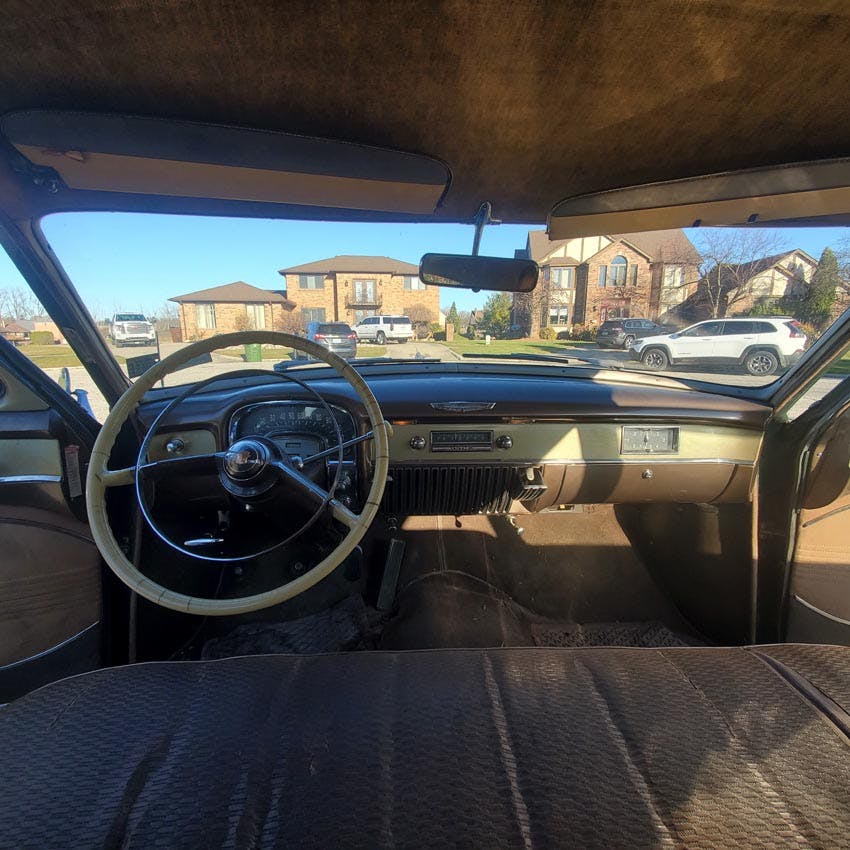


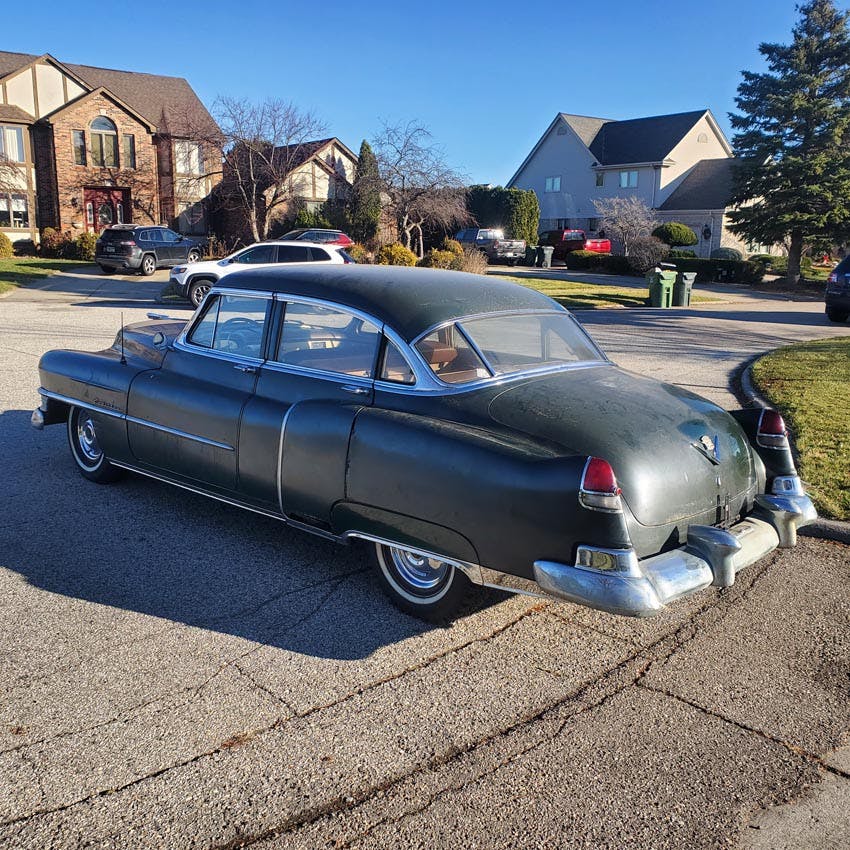
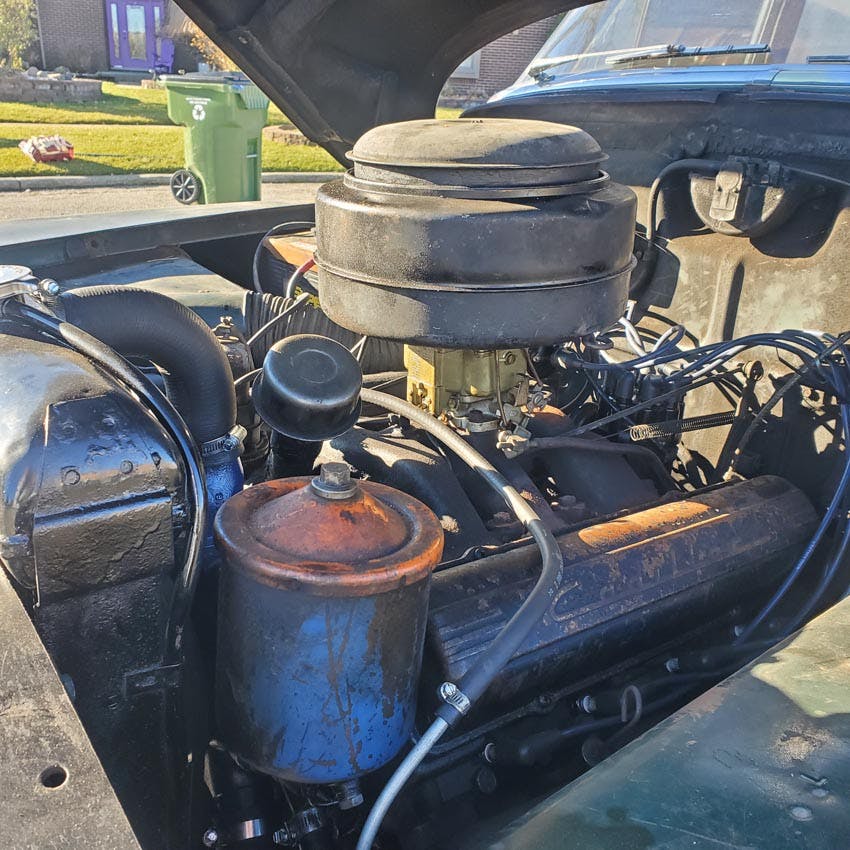








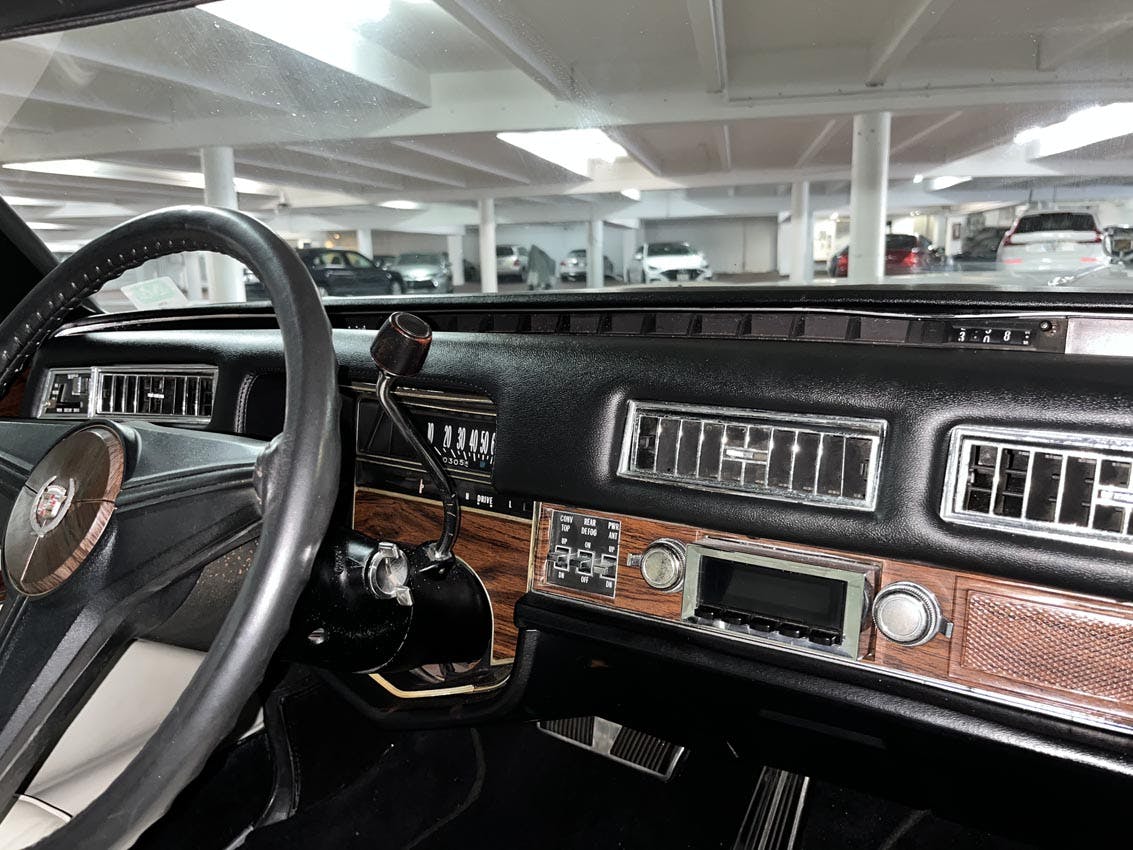
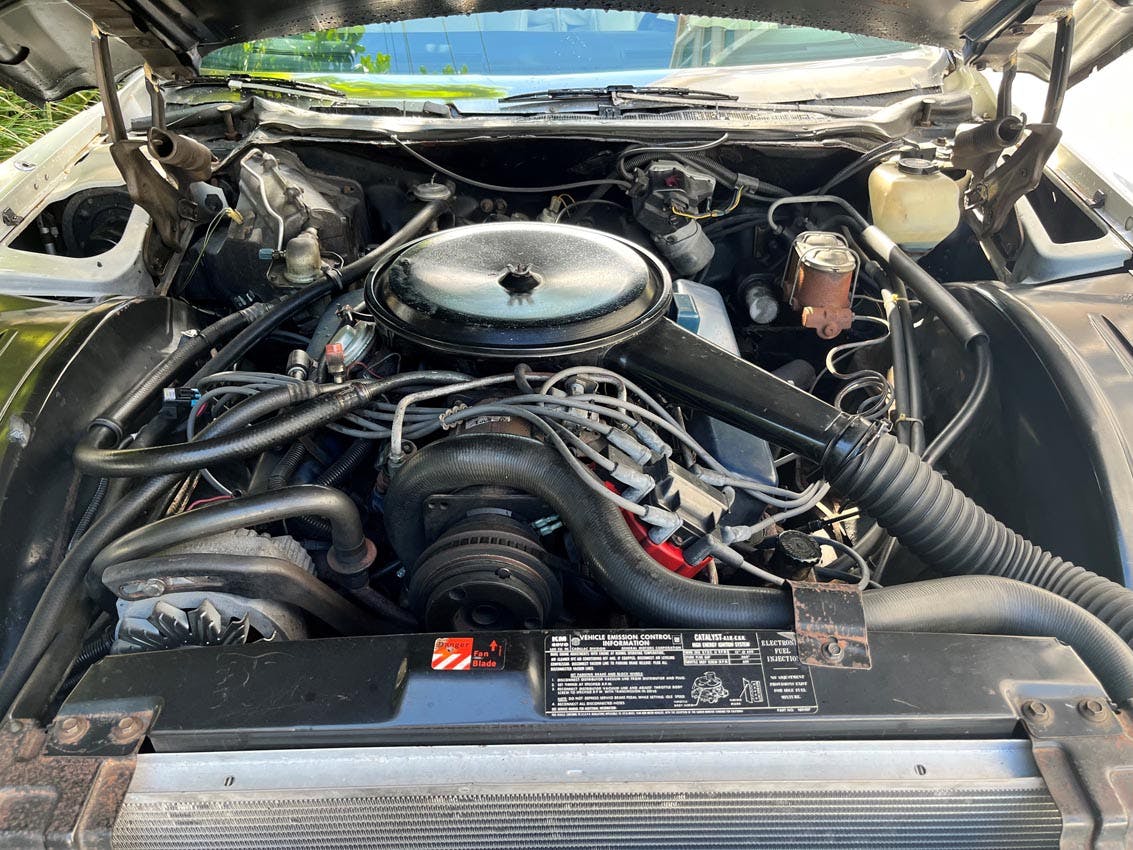
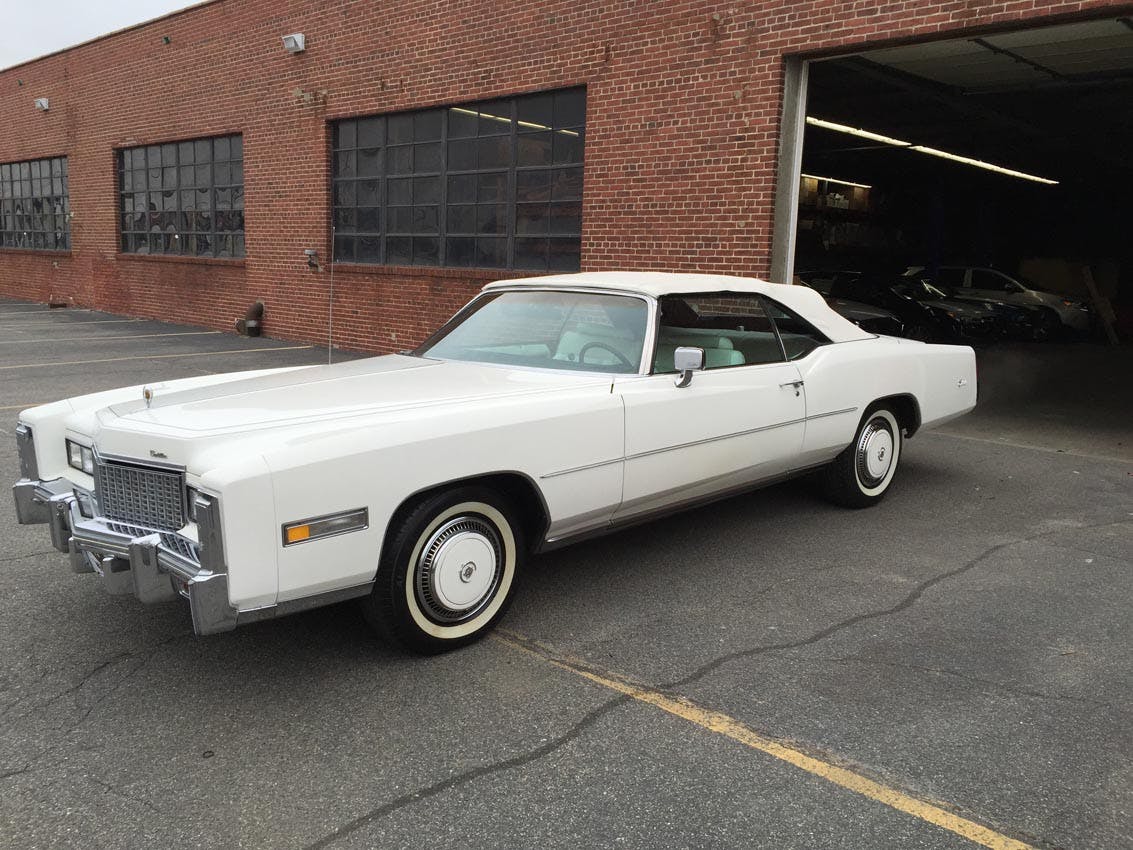

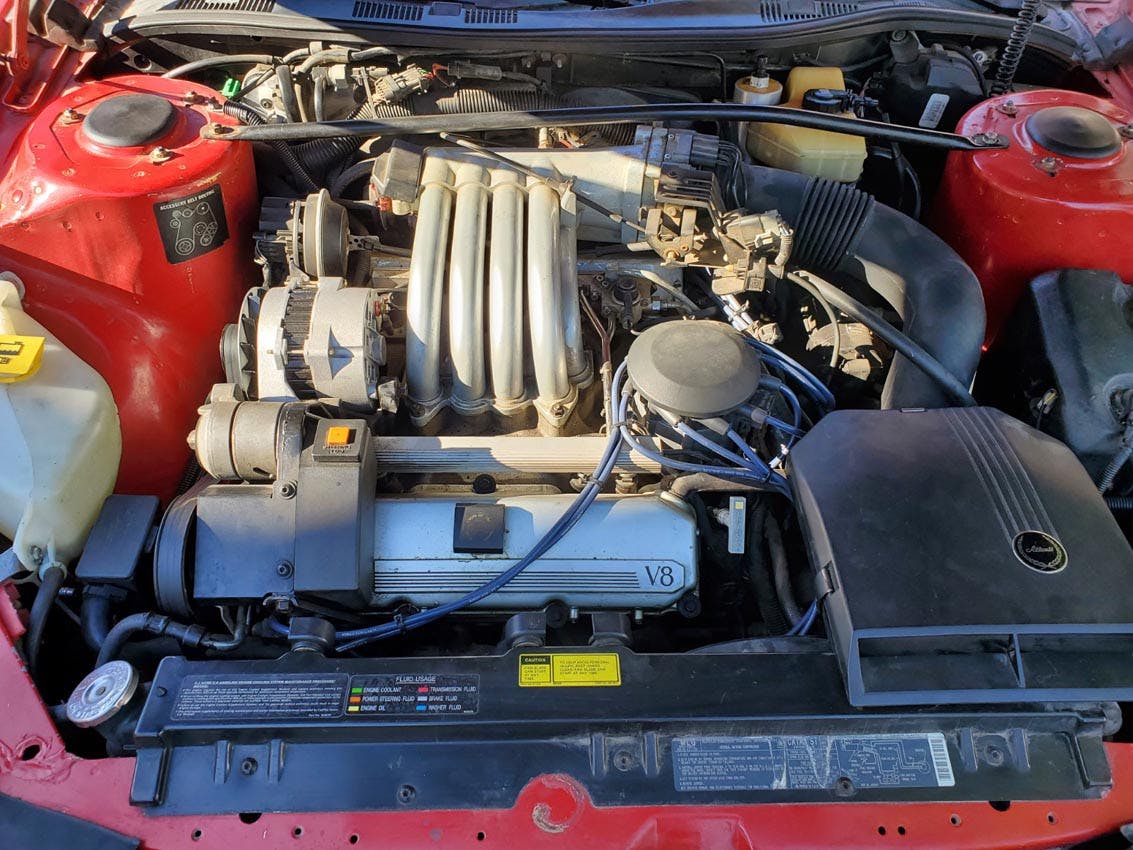
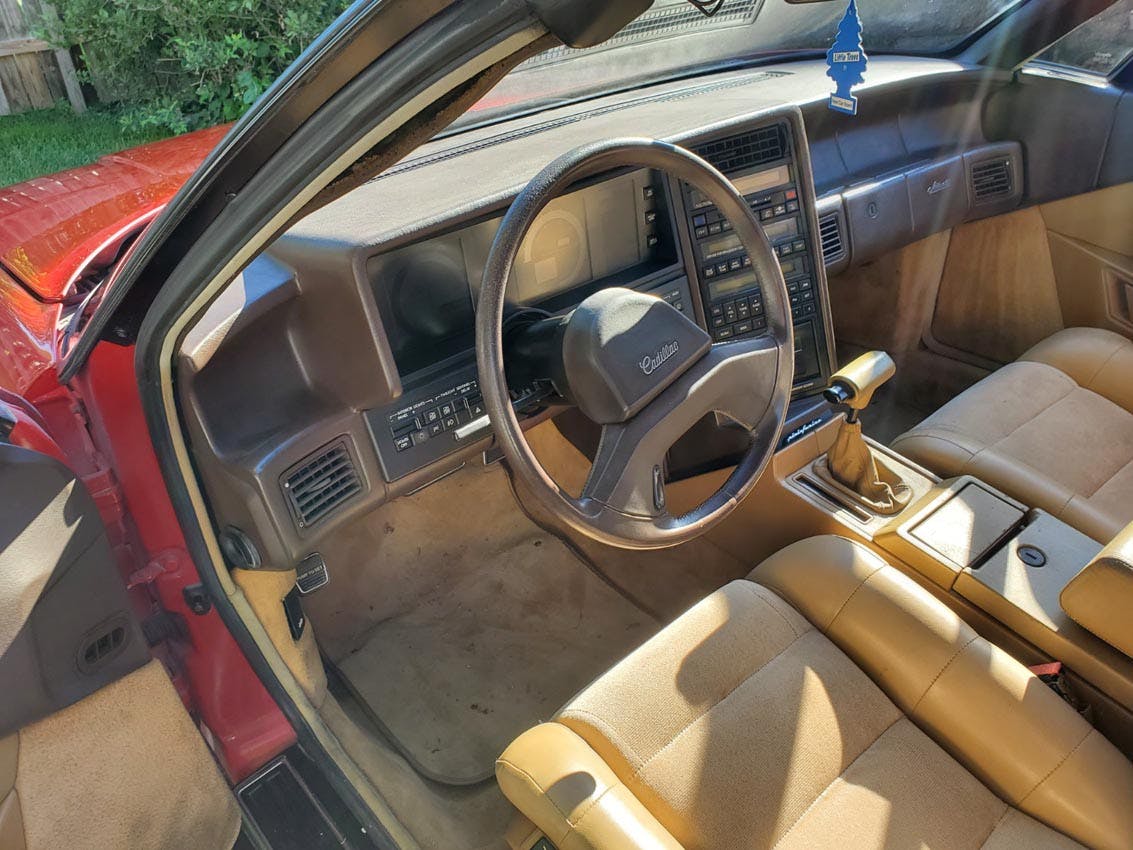
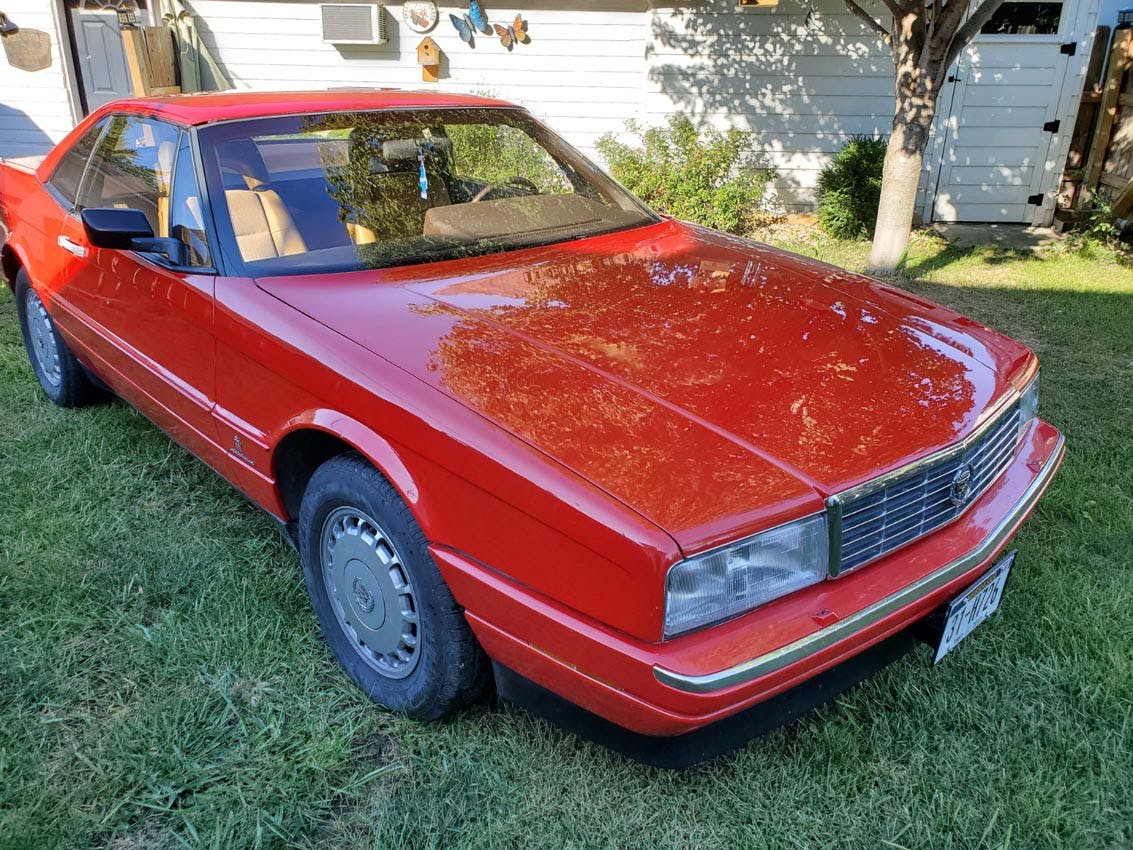
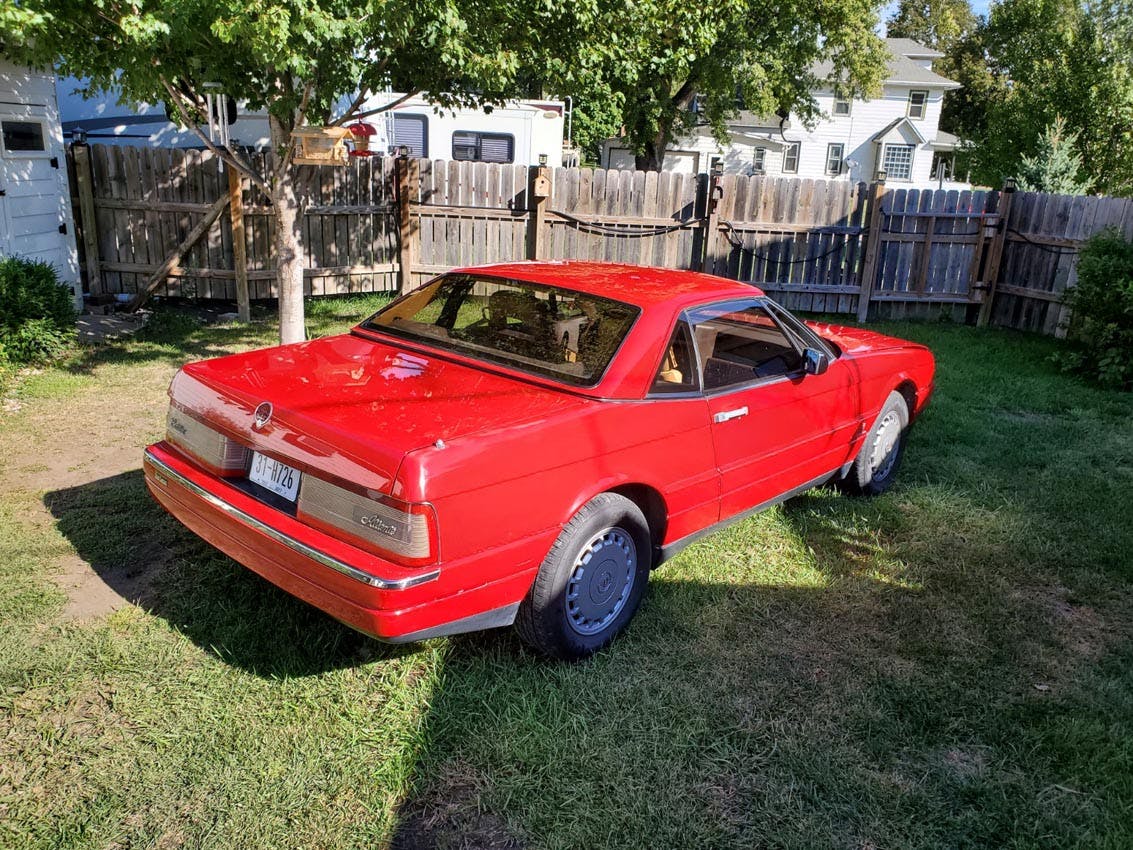

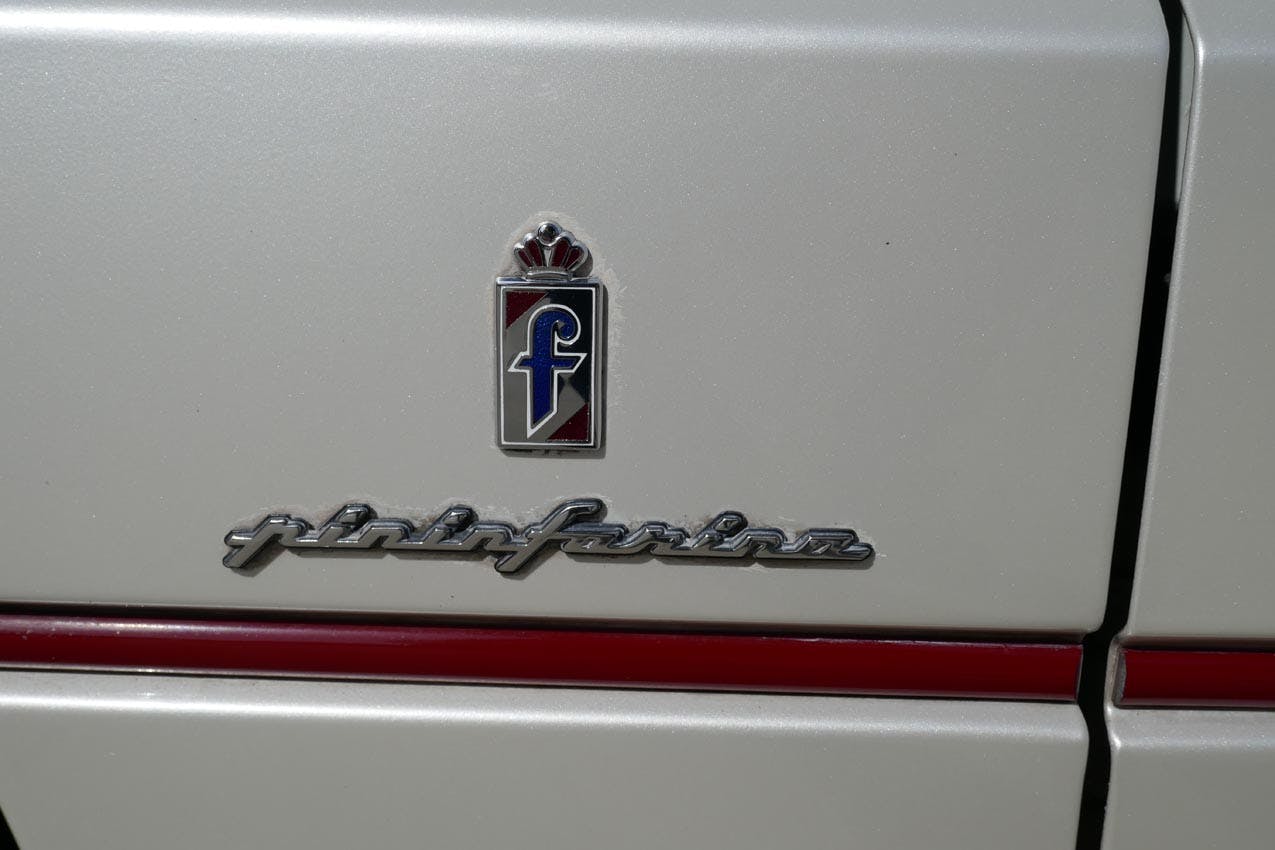
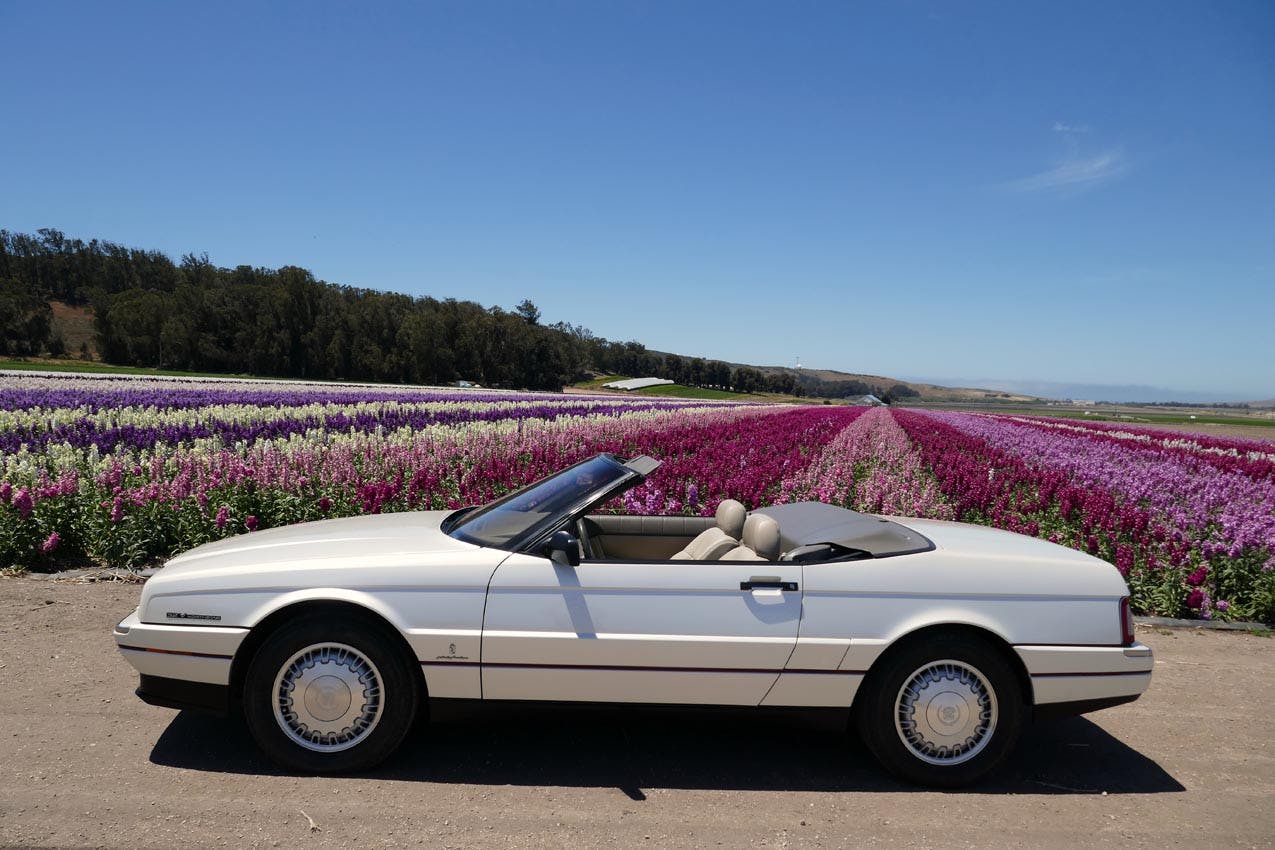
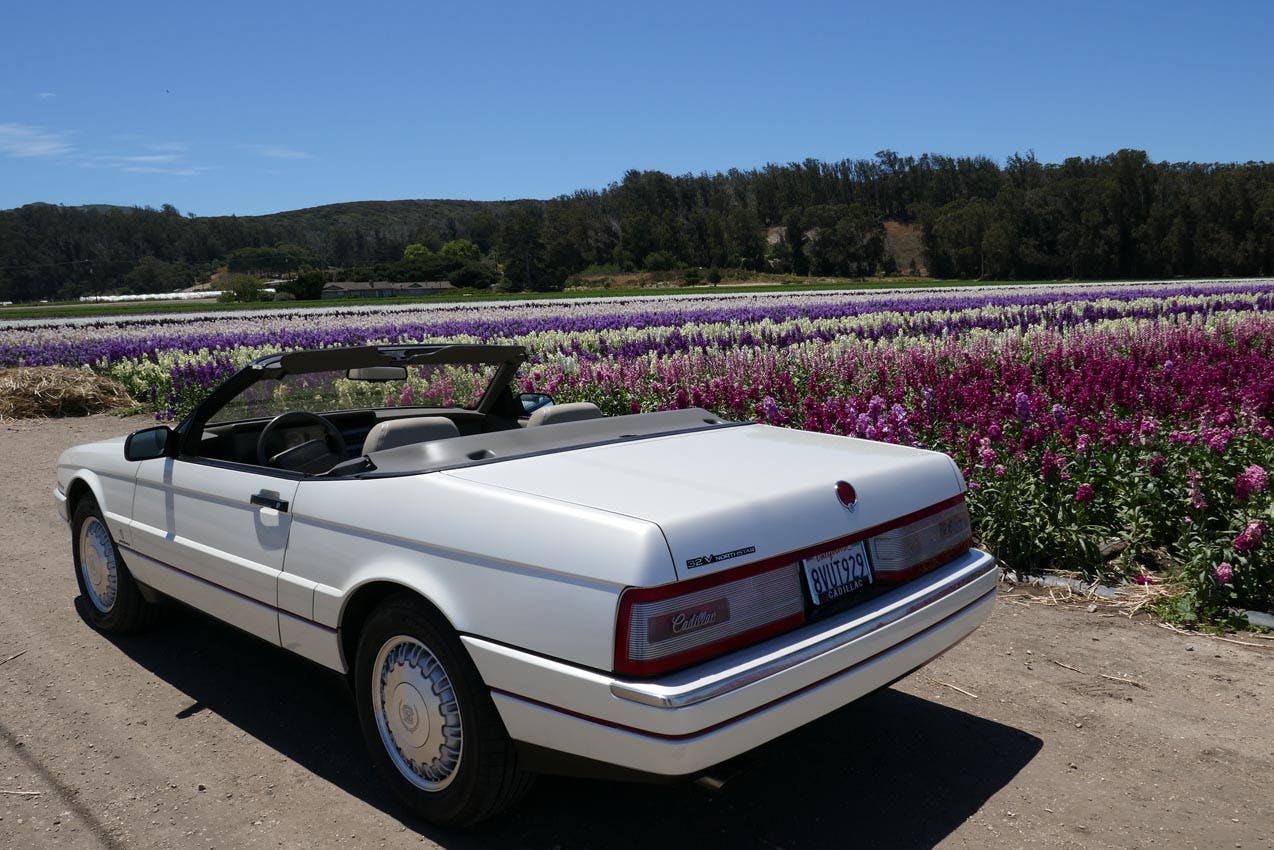


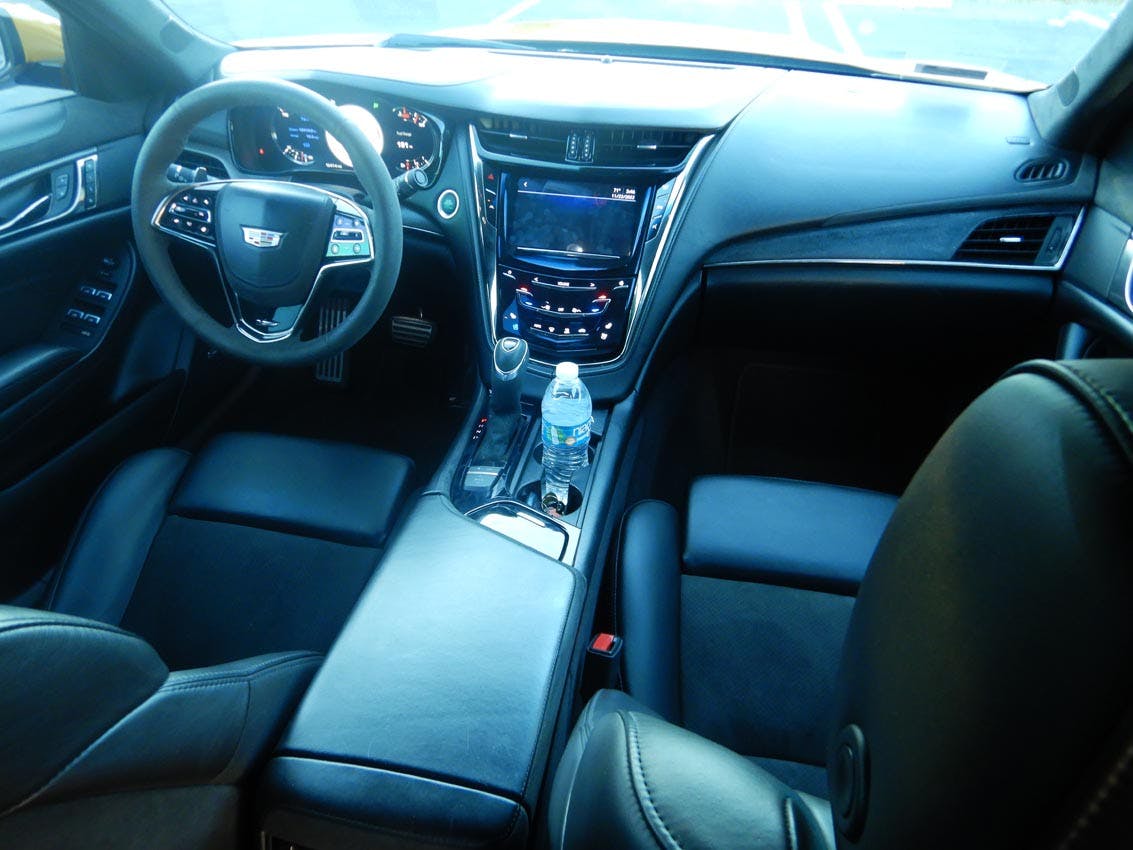
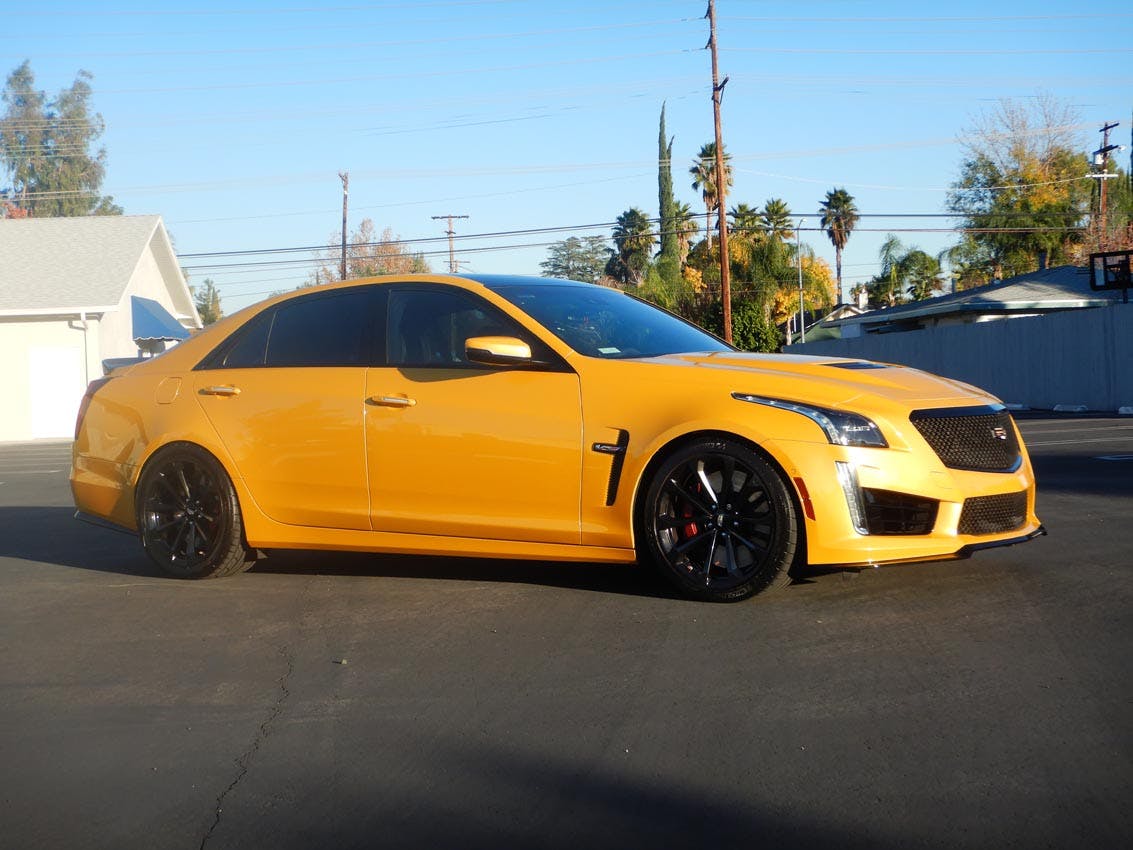
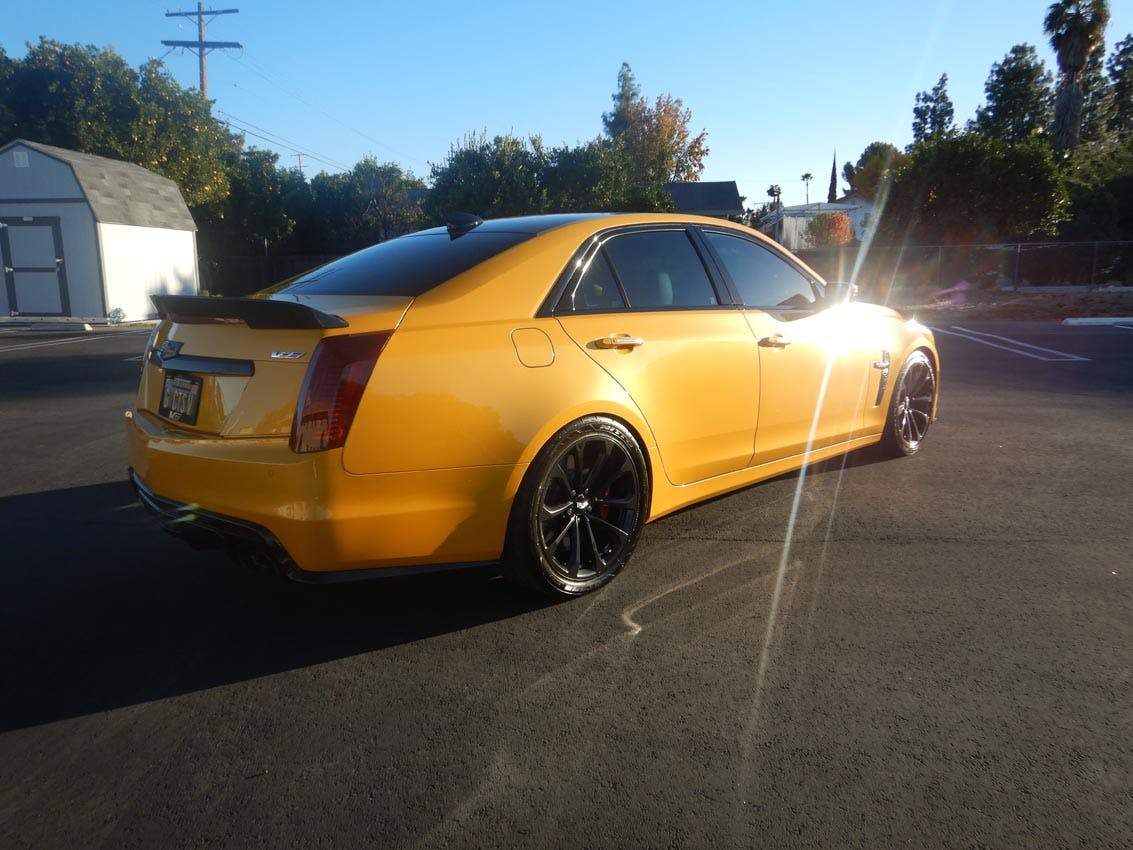
























The 500 CI monster! Mom had an Eldorado with it, what a tank, but what a ride! With the windows up on the freeway you felt totally disconnected from the outside. LT4 is a Chevy Engine not Cadillac.
For me it’s good old Detroit Heavy Metal American made steel. The 76 seems to be the end of styling. We owned a 72 two door White and Blue Vinyl top Coup De Vile that was pure beauty and smooth riding luxury getting two gas stations to the mile (just kidding but she did drink a lot). The more aero styles we now see say nothing about style for me.
the 8-6-4 Engine was a great idea when it worked. There are lots of displacement on demand engines in use now. Cadillac had a great idea but the electronics were just not quite up to the task at the time. My salesman friend Ed put 125,000 miles one one after he abandoned his Olds Diesel powered DeVille. Ed’s 8-6-4 worked well and provided fuel efficient power.
after the 8-6-4 he got an HT4100 DeVille. What a dog that was. I ENJOYED my 500 inch 1975 Coupe but the gas mileage was awful. There is an aftermarket solution using bigger studs to clamp the heads down securely on a North Star but it is expensive and requires a high skill level. It is FUN to remember all of this 🙂
I like all of these except the 1976 Cadillac Eldorado convertible. Not my favorite platform, year or body type for Cadillac.
Loved the quiet V8 in my Dad’s 1940 LaSalle!
The ’76 Eldorado is gorgeous. To me, THAT is a luxury car! Regardless of any mechanical shortcomings it may have had these vehicles had character and charm. They embodied the American definition of success at the time. When I compare this vehicle to the 2017 Caddy…well…there is no comparison. No cars today come close to the beauty of this vehicle. Back then when you said you owned a Cadillac it meant something. It’s so sad to me because the Cadillacs of today are just more of the same ubiquitous, anonymous vehicles that lack any special identity.
My dad had a 1955 Coupe Deville. It didn’t have air conditioning, so I am not sure what rear axel ratio it had but he could drive from our house in LA to San Francisco without stopping for gas! He did this several times to visit friends there and to take one of them back, which made his friend a believer that the car could do that. Probably had a 2.73 ratio but with that 4 speed Hydromatic it had plenty of acceleration.
The 1949 331 was arguably the first hi-perf Hot Rod engine of choice. So many were found in the SoCal car culture rides of early post war. A “Caddy V-8” was THE platform for many rod builders. My 1949 Cadillac Series 62 331 is married to it’s original automatic and it’s like riding on a cloud. Pretty impressive car that still makes heads turn wherever it goes.
I owned two of those motors – ‘75 eldo with the 500ci & ‘97 STS with the Northstar. I can attest the reputations for each are well earned. ‘75 eldo running down the highway at 110 on cruise control (not a joke) purred like a kitten for hours. I raced my roommate against his then new ‘85 Supra and beat him 3 times consecutive in a rolling 1/2 mile run starting at 35mph. To move a tank like that at any speed takes monumental grunt!
The northstar? 51k miles and the engine had to be pulled and gone thru. Guess what warranty was? 50k. Guess who complained starting at 35k why the engine was using up to two quarts of oil between oil changes and was told that was within the normal consumption range. If you guessed the same guy who has swore to never own another Cadillac, you are correct! That’s how good the Northstar is…
I loved my ‘65 Coupe deVille with its 340 HP 429 Cadillac V8 and first year Turbo 400 with switch-pitch torque converter. Never a boring ride! Mash the “go pedal” and it would fry the right rear tire until the car caught up at 60mph!
V 8-6-4 has entered the chat ….
GM still can’t get it right .
The new LS engines in the Silverado’s with the cylinder deactivation destroy the entire engine when they inevitably fail .
And the fedgov is actively pursuing shutting down anyone selling the software to disable it , claiming its tampering with emission control systems .
Why didn’t you mention the STS-V hand built 4.4 liter supercharged built for 2006-2008?
I remember back when I was in high school in auto class one of the adult classes the guy had a 1970 Eldorado with the 500, it was cool he would smoke the front wheels. I currently own a 06 STS-4 4.6 Northstar with 192k and still runs strong and never any engine issues!
No mention of the Cadillac XLR – essentially a Corvette with a Cadillac body/engine…
We’ve been able to imply luxurious quality by describing anything as “The Cadillac of (insert whatever non-automotive object)” for as long as I remember.
The seller who claims the A/C “just needs a recharge” doesn’t subscribe here, or is hoping his readers don’t.